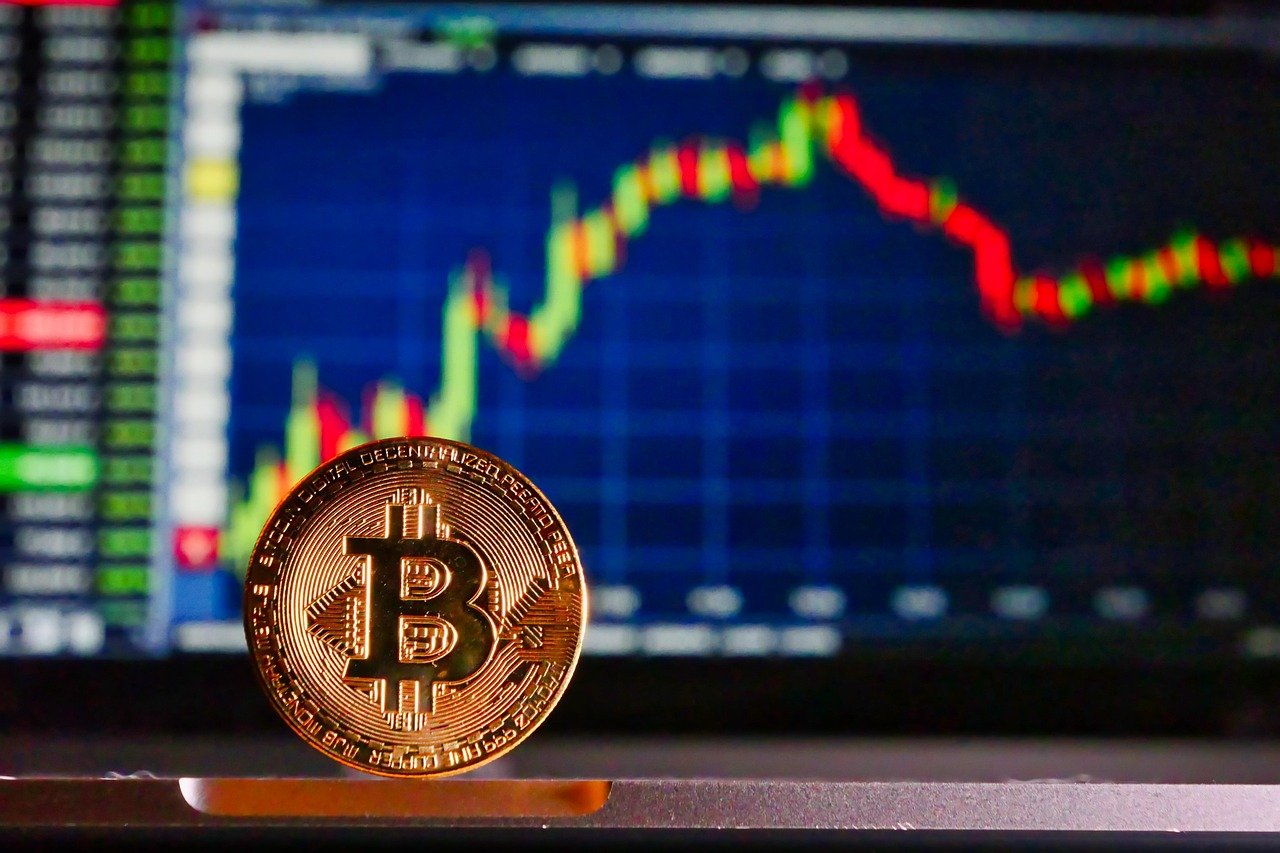Deflationary tokens have emerged as an intriguing concept within the ever-evolving landscape of cryptocurrency. Unlike traditional currencies or even some cryptocurrencies designed for inflation, deflationary tokens are engineered to decrease in supply over time. This scarcity mechanism aims to potentially increase the value of each token as the total number in circulation diminishes. But how do they work, and what are the potential benefits and drawbacks? Let’s delve into the world of deflationary crypto tokens.
Understanding Deflationary Tokens
Deflationary tokens are cryptocurrencies designed with a mechanism to reduce their total supply over time. This is achieved through various methods, most commonly by burning a portion of the tokens during transactions. The idea behind this deflationary model is to create scarcity, theoretically driving up demand and thus the value of the remaining tokens.
How Deflationary Mechanisms Work
The core principle of deflationary tokens revolves around reducing the token supply. Common methods include:
- Burning: This involves permanently removing tokens from circulation. A portion of transaction fees or a pre-defined percentage of the total supply can be burned regularly.
- Transaction Fees: Each transaction incurs a fee, a percentage of which is burned. This actively reduces the total supply with each trade or transfer.
- Buy-Back and Burn: The project developers use a portion of profits or funds to buy back tokens from the market and then burn them, further decreasing supply.
- Example: Imagine a token with a initial supply of 1,000,000. With each transaction, a 1% fee is charged, and that 1% is then burned. Over time, as more transactions occur, the total supply of the token decreases, theoretically increasing the value of each remaining token.
The Economic Theory Behind Deflation
The economic theory behind deflationary tokens rests on the principle of supply and demand. As the supply of a token decreases, and if demand remains constant or increases, the price of the token should theoretically rise. This is in contrast to inflationary models, where the supply increases over time, potentially diluting the value of each individual token.
- Scarcity and Value: The fundamental idea is that scarcity will drive up the token’s value.
- Incentive to Hold: Users are incentivized to hold onto their tokens rather than spend them, hoping to benefit from the potential price appreciation caused by the deflationary mechanism.
Benefits of Deflationary Tokens
Deflationary tokens offer several potential advantages that make them attractive to investors and users.
Potential for Price Appreciation
This is perhaps the most significant perceived benefit. As the supply shrinks, the remaining tokens become more valuable, rewarding holders. This makes them attractive for long-term investment.
- Passive Income through Holding: Users might earn passive income simply by holding the tokens, as the value increases due to scarcity.
- Reduced Inflation Risk: Unlike inflationary cryptocurrencies, deflationary tokens are designed to combat inflation and preserve value.
Community Engagement and Governance
Many deflationary token projects involve the community in decision-making processes related to token burns and future development.
- Community-Driven Decisions: Token holders often have a say in how the deflationary mechanisms are implemented and adjusted.
- Transparency: Token burn events are usually transparent, with verifiable records on the blockchain.
Enhanced Security
Some deflationary tokens incorporate security features that further enhance their attractiveness.
- Reduced Attack Vectors: Limited supply can make some types of attacks less profitable.
- Improved Trust: Transparency and community involvement can foster greater trust in the project.
Risks and Challenges
While deflationary tokens have potential benefits, they also come with inherent risks and challenges that must be carefully considered.
Volatility
The cryptocurrency market is already highly volatile, and the deflationary mechanism can amplify price swings. This can lead to significant gains, but also substantial losses.
- Market Sentiment: The price of a deflationary token is heavily influenced by market sentiment and can be susceptible to sudden drops.
- Speculation: High expectations for price appreciation can lead to speculative bubbles.
Lack of Adoption
If a deflationary token is not widely adopted, the deflationary mechanism may not be effective. Without sufficient demand, decreasing the supply might not lead to the desired price increase.
- Limited Use Cases: If the token has limited real-world applications, adoption might be slow.
- Competition: The cryptocurrency market is crowded, and new tokens are constantly emerging, making it difficult for any single token to gain widespread traction.
Regulatory Uncertainty
The regulatory landscape for cryptocurrencies is still evolving, and it is unclear how deflationary tokens will be treated by regulators in the future. This uncertainty can pose a risk to investors.
- Tax Implications: The tax implications of holding deflationary tokens can be complex and vary depending on the jurisdiction.
- Legal Challenges: Legal challenges could arise if the deflationary mechanism is deemed to be manipulative or harmful to investors.
Examples of Deflationary Tokens
Several deflationary tokens have gained popularity in the crypto space. Understanding their strategies can offer insights into the practical application of the deflationary model.
SafeMoon
SafeMoon is one of the most well-known examples. It charges a 10% transaction fee, with half distributed to existing holders and the other half burned. This “reflection” and burn mechanism aims to reward long-term holders and reduce supply. However, its long-term sustainability has been a subject of debate.
- High Transaction Fees: The high fees can deter frequent trading but incentivize holding.
- Reflection Mechanism: Rewards holders simply for keeping their tokens.
Shiba Inu (SHIB)
While not purely deflationary at its inception, Shiba Inu has implemented token burn mechanisms to reduce its massive supply. This involves burning tokens during specific events or milestones.
- Community Burn Initiatives: The Shiba Inu community actively participates in burning tokens.
- Manual Burns: The development team periodically burns tokens from their holdings.
Pundi X (NPXS)
Pundi X migrated to a new token, Pundi X (PUNDIX), through a token reduction process. This reduced the total supply, aiming to increase scarcity.
- Token Migration: Existing tokens were swapped for a smaller number of new tokens.
- Simplified Tokenomics:* The reduction made the token more manageable and easier to understand.
Conclusion
Deflationary tokens present an interesting alternative to traditional cryptocurrencies, offering the potential for price appreciation through scarcity. However, they also carry significant risks, including volatility, lack of adoption, and regulatory uncertainty. Before investing in deflationary tokens, thorough research is crucial. Consider the project’s fundamentals, its community, and the potential challenges it faces. Understand the tokenomics and the mechanics of the burn process. While the allure of potentially high returns is tempting, it is important to approach deflationary tokens with caution and a long-term perspective.



